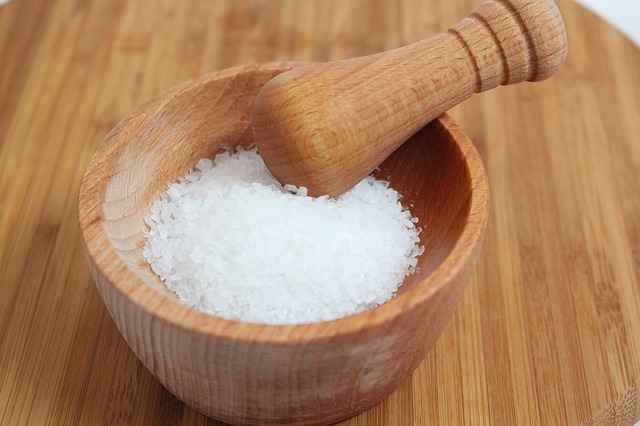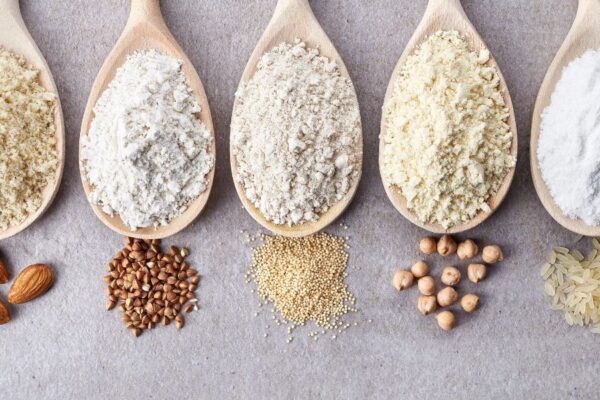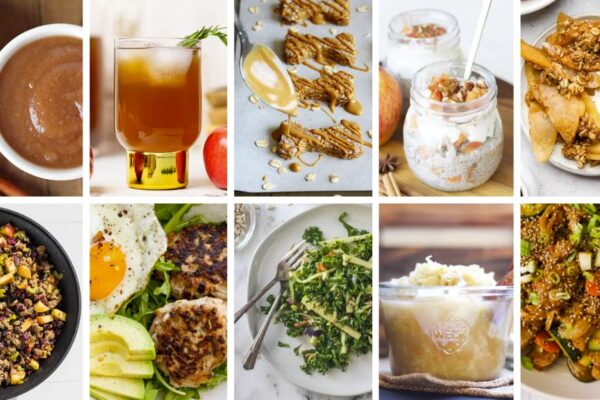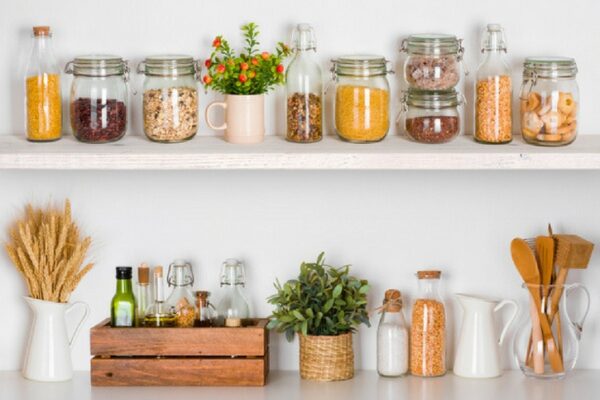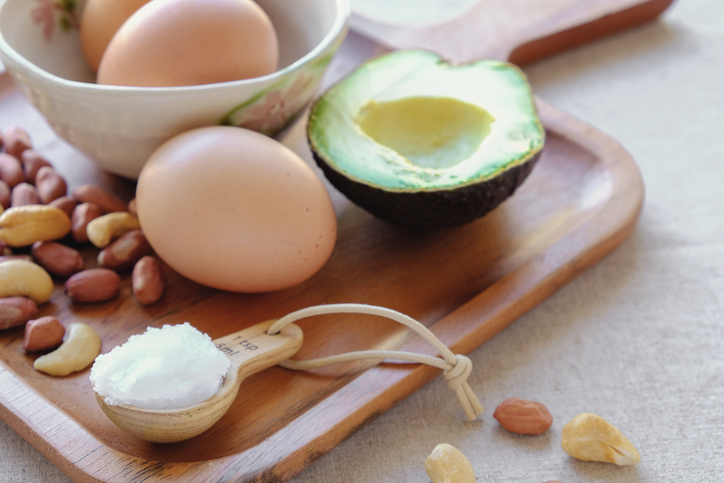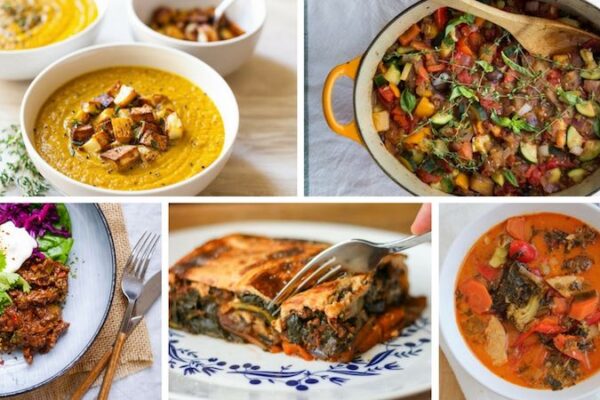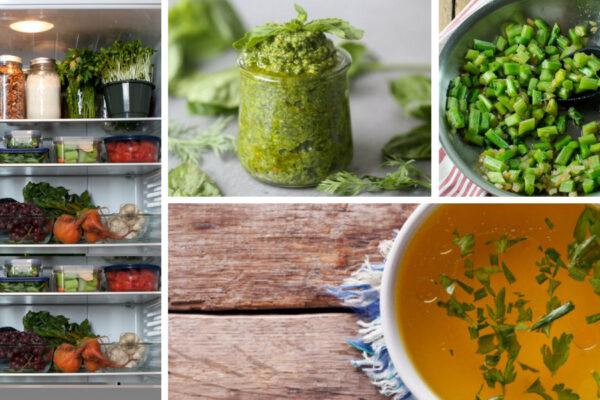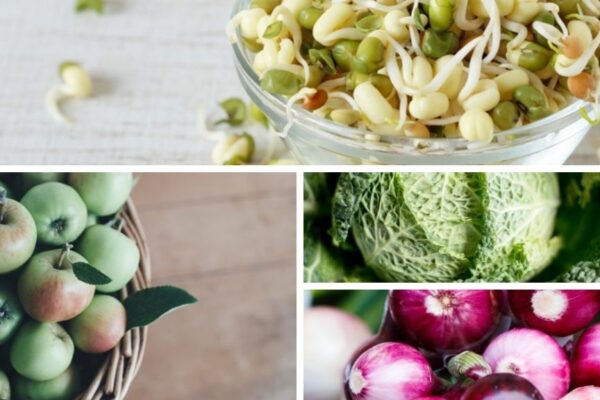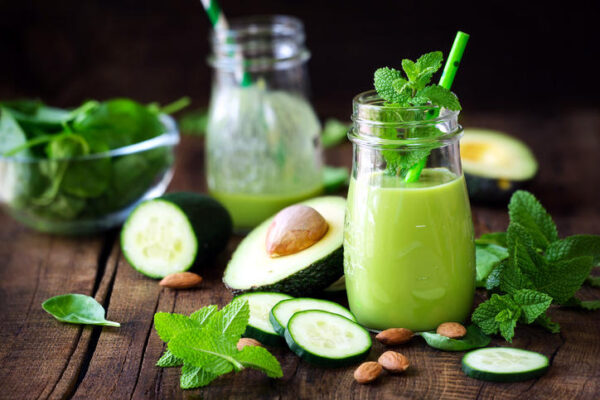Paleo Baking Must-Haves
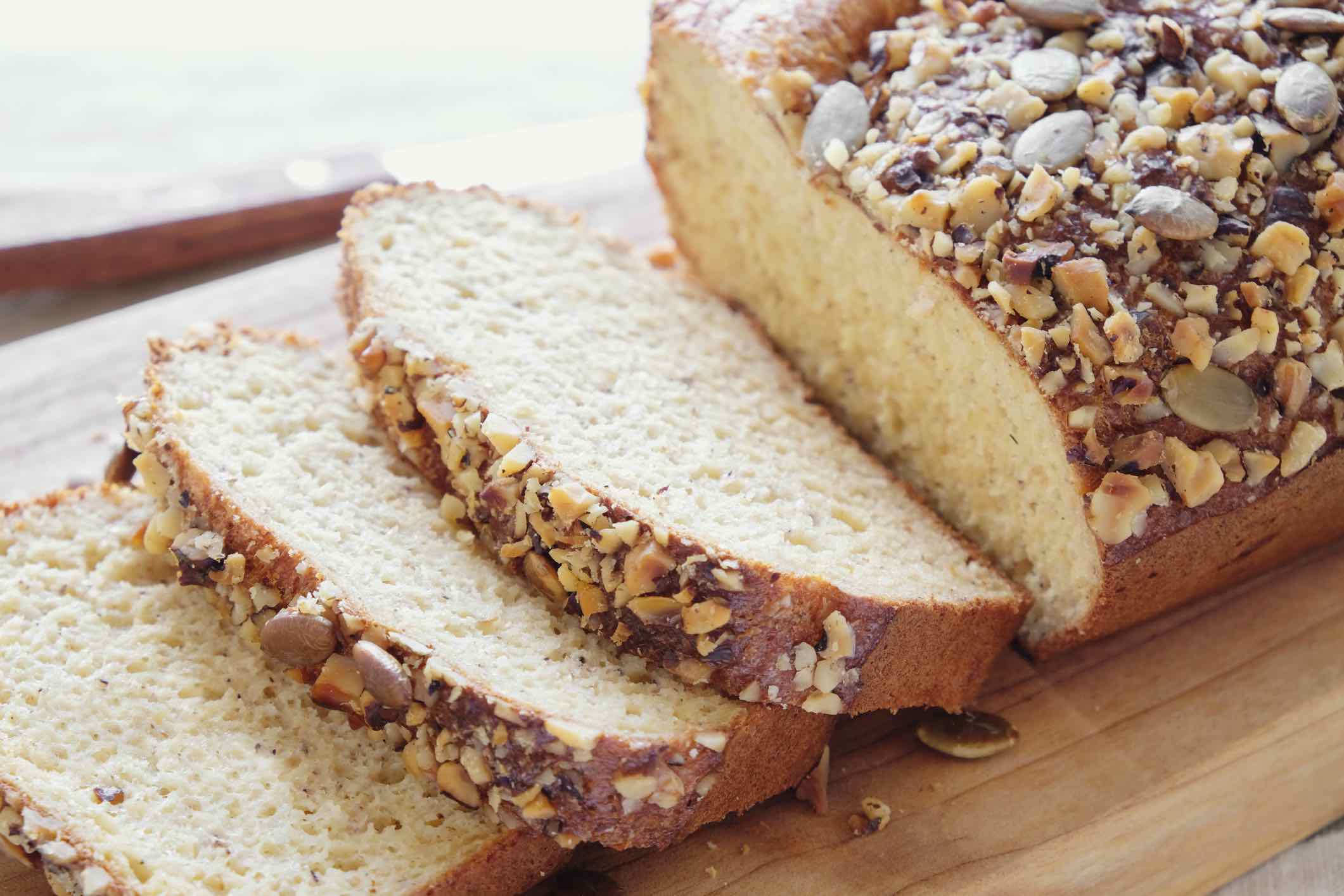
Top 12 Paleo Baking Must-Haves
Almond Flour
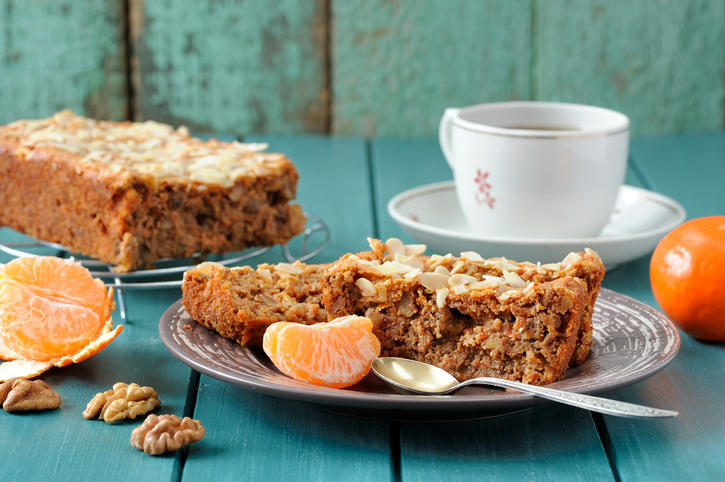
Coconut Flour
Coconut flour, made from dried coconut meat, is very dense, high in protein and it’s the most fibrous of all of the flours. It soaks up liquid like crazy, and you’ll need to add at least an extra 1/4 cup of liquid to your recipes when using it. It pairs best with eggs — so it doesn’t always work in vegan recipes. Use it in things that don’t need to rise much, like cookies, crusts, or brownies. We also like to mix coconut flour with other Paleo baking flours.
Get your FREE Paleo Substitutions Guide plus 35 more free resource guides!
Fill out the form below for instant access.
Free Resource Library
Enjoy more than 40 downloadable guides, recipes, and resources.
Cassava Flour
Widely used in South America and Africa, cassava flour is ground from the root of the cassava plant. While tapioca is also derived from cassava, the extraction process involves washing, pulping and refining so the end result of tapioca starch is much different from cassava. Cassava is high in fibre, binds baked goods well, and has a very similar texture to wheat flour in Paleo baked goods.
Arrowroot Flour
Arrowroot flour is a fine flour that comes from the arrowroot plant (you may also see it labelled as arrowroot starch or arrowroot powder). It looks very similar to corn starch, potato starch and tapioca starch. Some Paleo dieters prefer not to use it as it is more refined; however, we find it adds some lightness to the texture of Paleo baking and it helps dough to stick together.
Coconut Oil
Honey
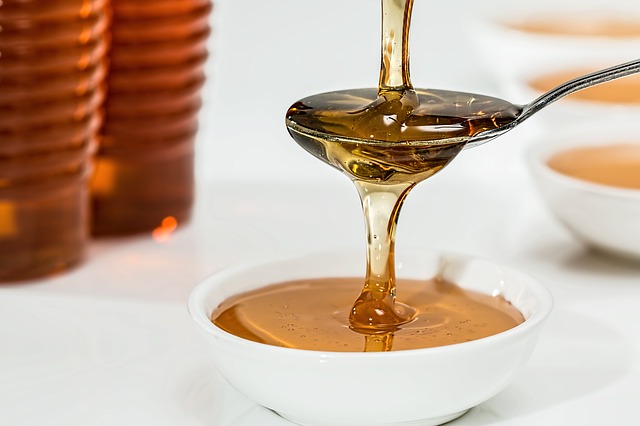
Raw honey is one of our favourite natural sweeteners, as it’s rich in enzymes, amino acids, iron, calcium, magnesium and Vitamin B6, plus it has anti-microbial and anti-bacterial properties (it’s very soothing when applied to burns from cooking). We use honey in cookies, cakes, crumble toppings, brownies, and more.
While some of the beneficial properties of raw honey will be destroyed during the baking process, we tend to use it anyway because it’s what we have on hand. However, you could buy a quality non-raw honey for Paleo baking purposes if you’d like. If you’re attempting some Paleo vegan baking, maple syrup is a great option as well.
Flax Seeds – For Flax Eggs
Even though many Paleo baking recipes use eggs, it’s possible to make fantastic baked goods without them. Flax eggs are a wonderful egg replacement that offer a boost of fibre, omega-3s and special compounds called lignans that reduce our cancer risk.
To make a flax egg:
- Grind flax seeds using a coffee grinder or spice grinder
- Mix 1 Tbsp ground flax with 4 Tbsp warm water (save the rest of the ground flax in the fridge, either for more flax eggs or adding to smoothies or oatmeal)
- Let the mixture sit for a few minutes until gelled
- Use 1 flax egg to replace 1 chicken egg
If you’d prefer, you can use a chia egg — you can read further about them in our post about how to make and use egg replacers.
Dairy-Free Chocolate
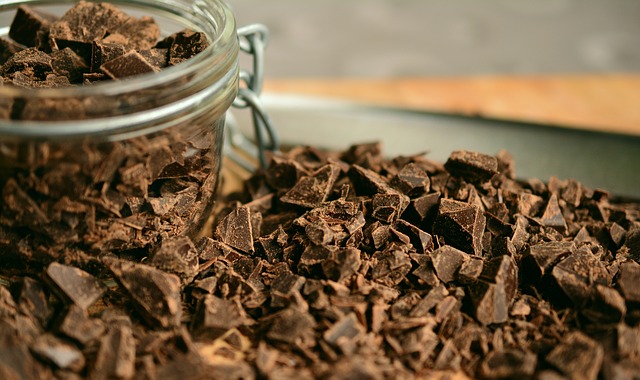
- Cacao powder
- Cacao nibs
- Cacao butter
- Dairy-free chocolate chips or chunks (learn how to make your own from scratch here)
Baking Powder
Baking powder is a leavening agent that helps baked goods to rise. It’s particularly useful in Paleo baking, which isn’t always super light and fluffy. If you are sensitive to gluten, you may want to purchase gluten-free baking powder (some of the starches used in it can be contaminated with gluten). There are also options for corn-free baking powder.
Baking Soda
Baking soda also helps baked goods rise, though not as much as baking powder. It reacts with anything acidic in the mix (lemon juice, apple cider vinegar, dairy-free yogurt, etc.) and then bubbles begin to foam up and help with rising. You can read more about the difference between baking powder and baking soda and what they do here.
Salt
Salt enhances the natural sweetness of Paleo baked goods and other sweet treats. We go for Himalayan salt or unrefined sea salt — more about salts over here.
With these Paleo baking must-haves, you can begin experimenting and whip up some incredible treats (and we hope you’ll share the goodness with us).
Open For Debate: Bananas
Bananas are a controversial fruit in the paleo world. Some deem them too starchy, and the sugar content too high to qualify. Over here, we can go either way. We’d always lean towards a whole food, rather than a processed sweetener like a xylitol or monk fruit (which we’re pretty sure wasn’t being eaten in paleo times, but we won’t get into that here). If you’re on the Yes Team for bananas, they can be a great addition to your baking. Bananas play a multitude of roles in Paleo baking: they can help bind, lend a natural sweetness (especially if you’re trying to cut down on refined sugars), and impart a fantastic texture and flavour. That is if you like the taste of bananas! We like to use very ripened bananas with plenty of brown spots and patches – the bananas will be easy to mash and blend, plus the extra ripe bananas are easier to digest.
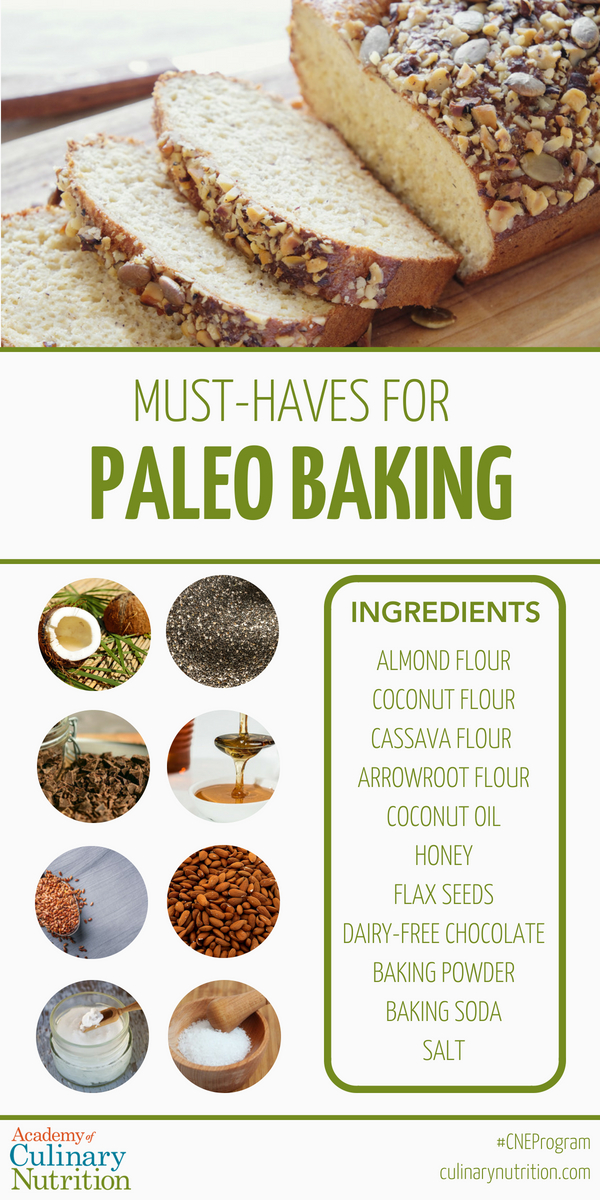
Free Resource Library
Enjoy more than 40 downloadable guides, recipes, and resources.















